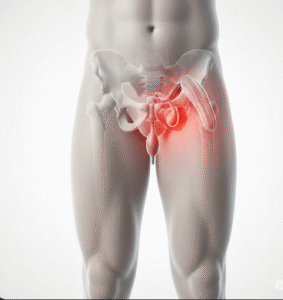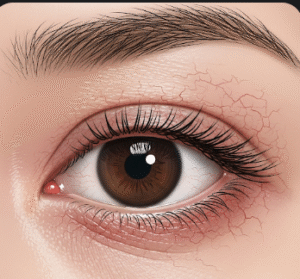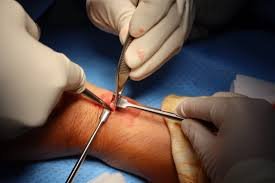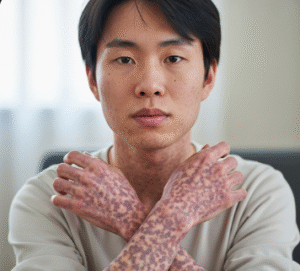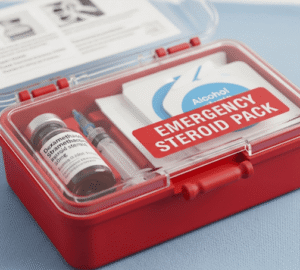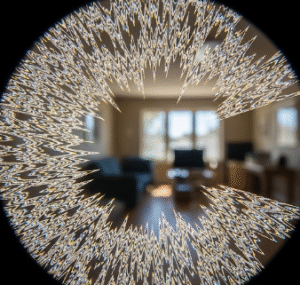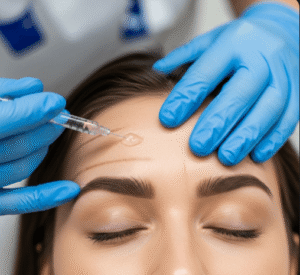What It Is
Transconjunctival lower blepharoplasty is a minimally invasive eyelid surgery that removes or repositions fat from the lower eyelids without creating an external skin incision. The procedure targets under-eye puffiness and fat bulging, leaving no visible scars while maintaining natural eyelid contour.
Why It’s Done
Patients choose this technique to:
- Reduce under-eye bags without external scars
- Address hereditary or age-related fat protrusion
- Preserve skin integrity and avoid visible incisions
- Achieve a rejuvenated, refreshed appearance
Ideal candidates are individuals with good skin elasticity and minimal excess skin.
Alternatives
- Traditional lower blepharoplasty with subciliary incision
- Non-surgical fillers or fat repositioning for mild hollows
- Laser or radiofrequency treatments for minor skin tightening
Preparation
- Consultation with a Korean plastic surgeon to evaluate eyelid anatomy, fat distribution, and eye function
- Avoid blood-thinning medications, supplements, and smoking
- Preoperative photographs and assessments to plan precise fat removal
How It’s Done
- Performed under local anesthesia with sedation or general anesthesia
- Incision made inside the lower eyelid (conjunctival side)
- Excess fat removed or repositioned to smooth the lower eyelid contour
- Muscle tightening performed if necessary
- No skin incision, thus no external scar
- Duration: 1–2 hours, usually outpatient
Recovery
- Mild swelling and bruising for 1–2 weeks
- Discomfort is minimal and manageable with pain medications
- No suture removal required as the incision is internal
- Avoid rubbing eyes or strenuous activity for 2–3 weeks
- Final results typically visible within 1–2 months
Possible Complications
- Temporary swelling or bruising
- Minor asymmetry
- Rare: undercorrection or overcorrection of fat removal
- Very rare: infection, bleeding, or dry eyes
Treatment Options in Korea
Diagnosis
Korean surgeons assess eyelid fat distribution, skin elasticity, and orbital anatomy. Eye function is evaluated to prevent postoperative complications.
Medical Treatments
Non-surgical options like dermal fillers, laser treatments, and radiofrequency therapies are available for minor under-eye concerns.
Surgical or Advanced Therapies
Korean clinics provide advanced transconjunctival approaches with precision fat removal, repositioning techniques, and minimal recovery time for natural results.
Rehabilitation and Support
Postoperative care includes cold compresses, swelling management, follow-up visits, eye ointments if needed, and guidance from international patient coordinators.
Advantages of receiving treatment in Korea: expert surgeons, scarless technique, cutting-edge technology, precise aesthetic planning, and cost-effective treatment options for international patients.



